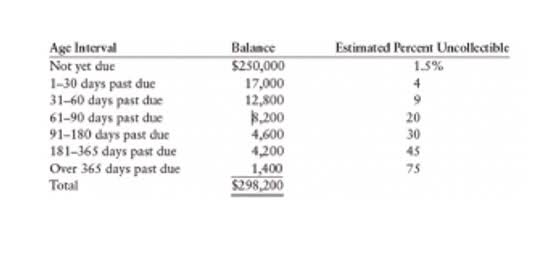
“It is particularly crucial in manufacturing and production industries where understanding and managing costs directly impact financial performance,” she said. “Its primary goal is to provide management with accurate cost information that can be used for decision-making, cost control, and performance evaluation,” she said. This is to help them comply with these standard accounting principles. This branch of accounting centers around the management of property for another person or business. This is specifically related to the administration and guardianship of property.
- Larger companies, especially manufacturers, will use many more reports.
- After these two main bookkeeping categories, we have equity or the difference between the company’s assets and liabilities.
- The single-entry method records individual transactions as they happen.
- If you want to expand your business globally or work with companies in other countries, working with an international accountant can help you take advantage of opportunities overseas.
- Fund accountants ensure that businesses and nonprofits use funds effectively to benefit the organization.
- These businesses should focus on creating a clear profit and loss statement to understand their financial performance and to help with budgeting.
Management Accounting
- Opinions expressed on the pages of this website belong to the author and do not represent the views of companies whose products and services are being reviewed.
- Record that income under last month’s transactions on the day you received the check.
- The process of bookkeeping makes sure that all the financial transactions are recorded regularly and correctly.
- It is also subject to error too, if an entire transaction is not recorded there is no way for the system to know.
- A company should evaluate its size, the complexity of transactions, financial reporting requirements, and tax considerations.
This method provides a more accurate picture of a business’s financial performance. Bookkeeping is the process of tracking all documentation of any two main types of bookkeeping financial transactions that a business entity makes from launch to closure. Business owners or bookkeepers record business activities based on supporting documentation, depending on the accounting principles the company implements. Documents can be bills, receipts, invoices, purchase orders, or other financial reports that indicate a transaction. Double-entry bookkeeping is ideal for businesses who use the accrual method of accounting and have a large number of and complex transactions. This type of bookkeeping is particularly useful for businesses that buy inventory on credit and generate income from accounts receivable.

Payroll Expenses
Stakeholders can assess a business’s stability, profitability, and prospects through this. If you used your credit card to purchase supplies, then your cash account would decrease by $100 and your expenses account would increase by $100. Xero is a great option if you deal with any international transactions or have multiple currencies.
Change in Methods

Accrual accounting records the dollar amounts when a transaction (a bill going out or an invoice coming in) occurs, not when the cash is actually exchanged. An accrual accounting method is required by law when a business exceeds 5 million in sales. It is believed that this method of accounting gives a more accurate picture of a company’s finances. A single entry system of accounting is usually used by very small businesses for its simplicity. Perhaps the business does not do a lot of transactions in a given day, or it’s a sole proprietorship and the owner does not require or have time for extensive bookkeeping. A single entry system is assets = liabilities + equity convenient, simple (no formal training is needed) and provides costs savings as it does not require complex software.
State/Industry Example – Retail Business in Illinois

A transaction is any business activity that involves the exchange of money or goods. Transactions are the foundation of bookkeeping as they provide the data that needs to be recorded. There are no formal rules or standards governing single entry bookkeeping, which can lead to inconsistencies and inaccuracies. The first three basics of bookkeeping discussed above are what you’ll find in the Balance Sheet. To balance the books, you need to carefully monitor the assets, liabilities, and equity. Below is the list of differences between cash and accrual accounting method.

Read about the pros and cons for the two most popular types of bookkeeping so you can choose the best type for your business. This account is relatively simple to look after and is of great importance to investors https://macaraleoradea.ro/how-to-calculate-liabilities-formula-and-examples/ and shareholders who are keen to see where their money is going and the overall success of the business. If you’ve ever taken out any business loans, they must be managed in your loans payable account.
What is the Double Entry System?
Bookkeeping is defined as the process of tracking and recording a company’s financial transactions. Bookkeepers must organize these transactions into different accounts on a daily basis. While this is a crucial task for all businesses, 21% of small business owners admit to not knowing enough about bookkeeping.
What Are the Different Types of Accounting Systems? Options Explained
These businesses should focus on creating a clear profit and loss statement to understand their financial performance and to help with budgeting. Bookkeeping systems are essential for maintaining accurate financial records for businesses. These systems range in complexity and are chosen based on the business’s size and transaction needs. For businesses, financial accounting provides a clear record of financial activities, enabling performance tracking and strategic decision-making. For external stakeholders, it offers transparency and accountability, fostering trust and confidence in the company’s financial health.
The components of bookkeeping consist of journal, ledger, balance sheet, income statement, cash flow statement, etc. This form of bookkeeping can handle more complex transactions, save time, and reduce errors. Traditional bookkeeping requires manual data entry and constant physical documents and ledger maintenance.